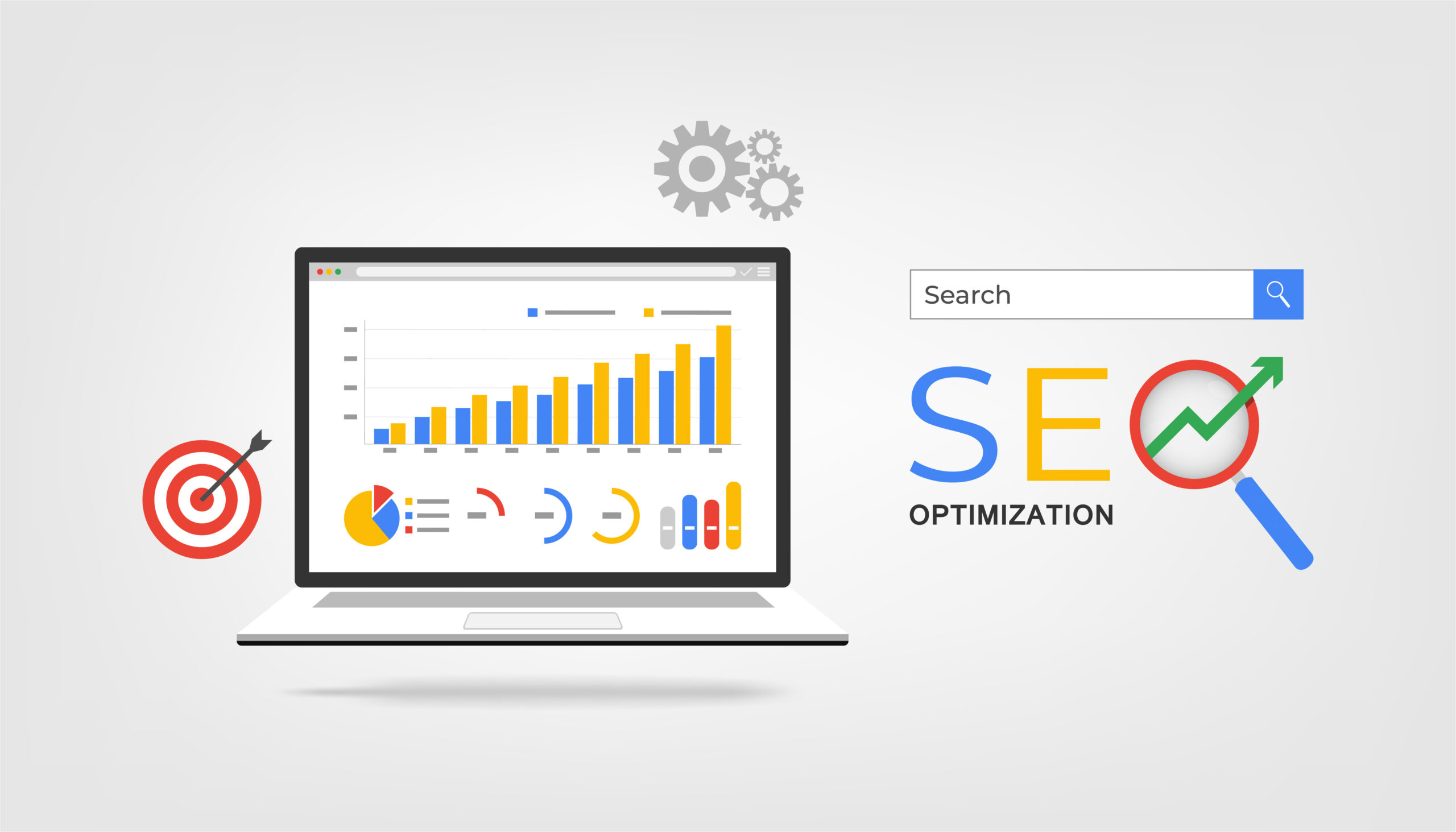
You must have visited the website of Apple.
It is so simple, straightforward, and convincing at the same time. This a fine example of minimalistic web design.
A minimalistic web design has a simple design and fewer content pieces such as images and text. It generally sticks to the essentials only.
The past few years have seen the rise of minimalism in all design industries, including graphics, interiors, and websites.
The spirit of minimalism is best rooted in the phrase “less is more” which was first used by the German American architect Mies Van der Rohe, who was the pioneer of using minimalism in architectural design.
The idea of minimalist design is the focus only on the essential part of a feature by removing any clutter. This way, a user can easily focus on the key part as well as navigate easily. It can lower bounce rate, ensure better compatibility between various screens and improve loading time. And all these factors can improve your SEO significantly.
Does Minimalistic Design Impact SEO?
Minimalistic web design ensures a good user experience as the visitors can easily navigate the site and find things. Plus, it will make it easier for search engines to crawl and understand your content.
But this might be counterintuitive.
A minimalistic website has less content than its conventional counterpart. And search engines look for ample content for optimization. Right?
So it is obvious to ask—
Will minimalist website design benefit or hurt my SEO?
Answering this simple question shouldn’t be straight YES or NO.
Instead, let’s make it logical by understanding the aspects of minimalistic designs given in the next points.
What is Minimalism in Web Design?

Using something to its bare essentials by removing the “add-ons” is called minimalism.
Simply put, it is the reduction of something to the basics.
Let’s understand it better with this example.
Think of a room.
You only need a few basic things to make it liveable—a sofa, bed, chair, and neutral colors.
You might not require paintings, expensive carpets, flower vases, and other décor elements as long as you are happy with these bare essentials. Right?
In the world of web design, minimalism means developing a site from the basics. It aims to make the website simpler by removing unnecessary elements. Or you can say that a minimalistic web design is all about doing more with less.
Minimalist web design ditches unnecessary tabs, menus, or other elements that are not required. It is all about prioritizing the most necessary elements. The notion is to strip away as many unnecessary elements as possible.
There are three things kept in mind while a minimalist website is designed:
- The most important thing on the web page which can keep the user focused and engaged.
- What can impact the user experience?
- The visual hierarchy of the page
Why Minimalistic Web Designs are Used?
Minimalistic web designs are free from extras or bells and whistles. The features necessary things only. Therefore, they have fewer code and site assets.
Generally, they have limited HTML elements, images, JavaScript, CSS guidelines, and so on. This way, they can ensure improved usability and a better user experience.
However, this doesn’t mean that designing a minimalistic website is easier. It requires you to consider as much brainstorming as any other type of website. For example, you cannot simply put a simple banner over the top, and you are done. You need to think about how this is going to impact the user experience or whether is it relevant to your website.
What are the Benefits of Minimalistic Web Design?
Simple Navigation:
Users have less attention span and might be in hurry. In this scenario, you cannot afford to test their patience when it comes to finding the important things on a web page.
For example, they might not be able to find the call to action button amidst the noise of hundreds of photos and large chunks of text. That’s why a minimalistic design is preferred. Since it has few options and a cleaner interface, users are more likely to find the things they are looking for.
Quick Loading:
An easy way to kill the user experience is a slow-loading site. Visitors generally don’t have time to wait for the site to load. Instead, they are likely to switch to other options, costing you a potential visitor.
The more elements any site has, the longer it takes to load. Minimalist websites can load quicker as there is not much on them.
Since a minimalist website has less clutter, it is easy for search engine bots to crawl.
Fewer Issues:
A less complicated site with limited plugins, applications, and elements ensures better performance.
And there are Some Downsides of Minimalistic Web Design Too
Limited Interaction:
Everything is not that much on minimalistic web design. It might be quite challenging to communicate complicated offerings. If you are offering one product or service, you can easily convey to the users what to do. But it might not work if you have a content-rich site that usually needs interaction. Maybe you look for another method.
Emptiness:
Sometimes, excessive minimalism can make a website look unfinished or too bland. Despite looking clean and organized, it is a blank space, with no chance to get the user’s attention. It might feel impersonal and cold as it lacks the variety in colors or images on the page, which are excessively used in more conventional designs. No wonder it can look boring for some people.

Is Minimalist Design Good or Bad for SEO?
A website’s SEO performance is determined by several factors such as content, keywords, and high-quality backlinks. The design of your website also plays an important role in SEO.
Minimalist design works well with SEO as it lets search engines quickly crawl and understand your website’s content. Search engines prefer websites with clean coding and responsiveness for mobile.
Many unnecessary design elements add to the complexity of websites, thereby hurting the user experience. Visitors may visit the site only to be turned off by a poor design. This leads to a poor user experience which in turn impacts the SEO of your website.
The bottom line is that using a minimalistic design can benefit your website if implied correctly.
There is no use of minimalistic design if it fails to improve the user experience. Therefore, you need to ponder over key factors while designing a minimalist website.
In this context, I would like to recap the things we have discussed in the third section of this blog.
There are three things kept in mind while a minimalist website is designed:
- The most important thing on the web page which can keep the user focused and engaged. What can impact the user experience?
- The visual hierarchy of the page”
To conclude, minimalistic design is beneficial for your SEO. However, it requires you to take care of key things like content, navigation, and the use of empty spaces.

Started working as a digital marketing expert, Varun Sharma is now also a well-known digital marketing speaker – a speaker on performance development, and a trusted mentor to businesses in the digital world. His keynote expositions are based on the digital marketing theories, which provide a fascinating insight into the secrets of high performance.

